From CrossFit to commerce to fulfillment for direct selling
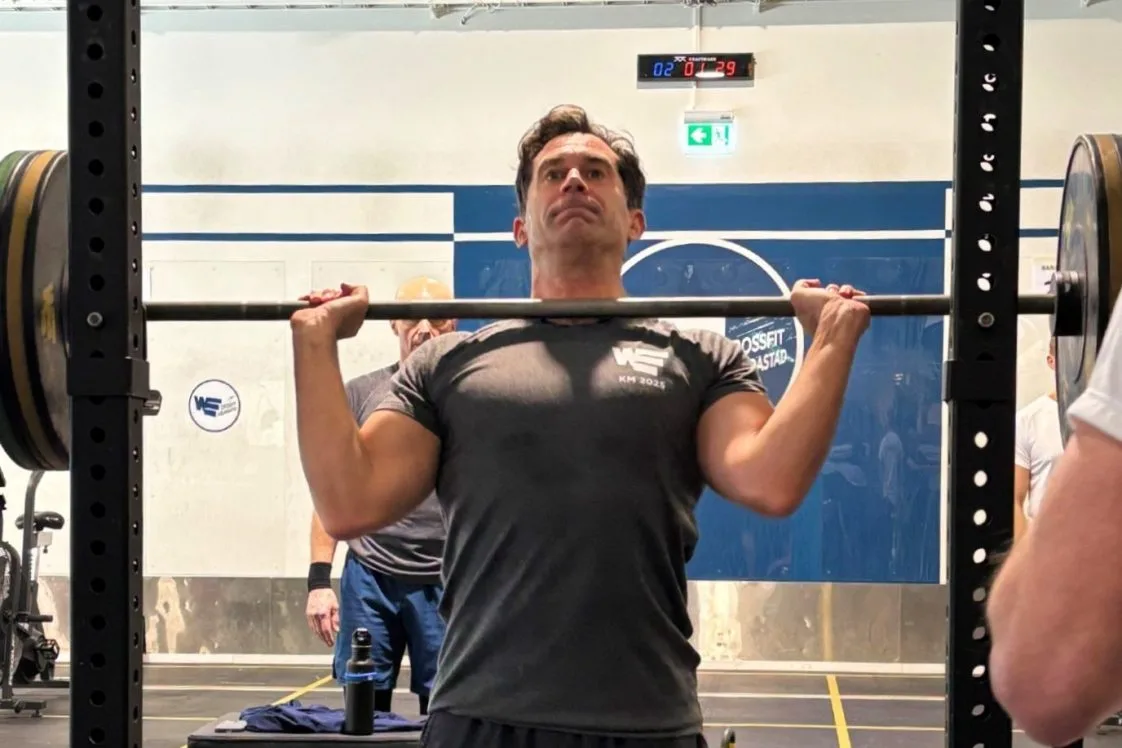
Joakim Garint is Sales Director at Radial Europe. He specializes in helping direct selling companies optimize their fulfillment and logistics operations. With over two decades of experience in sales and business management, Joakim brings a unique perspective to the direct selling industry, having previously worked with several major brands.
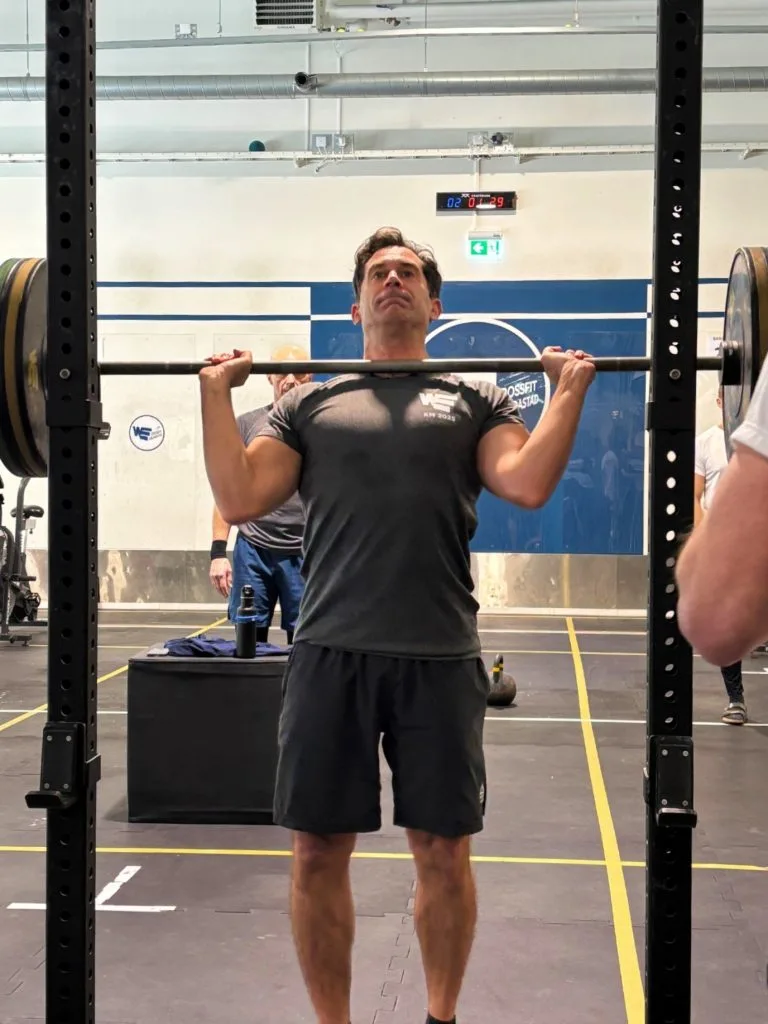
Joakim has been an avid CrossFit enthusiast since 2018, so we sat down with him to draw some parallels between his professional life and his passion for sports, the outdoors, and general well-being.
What’s Crossfit?
CrossFit is a branded fitness regimen that involves constantly varied functional movements performed at high intensity. The method was developed by Greg Glassman, who founded CrossFit with Lauren Jenai in 2000, with CrossFit its registered trademark.
And in case you are wondering, “Do I have to be fit to start Crossfit?”, short answer: No, you do not need to be fit to start CrossFit. You do CrossFit to become fit; you don’t become fit to do CrossFit.
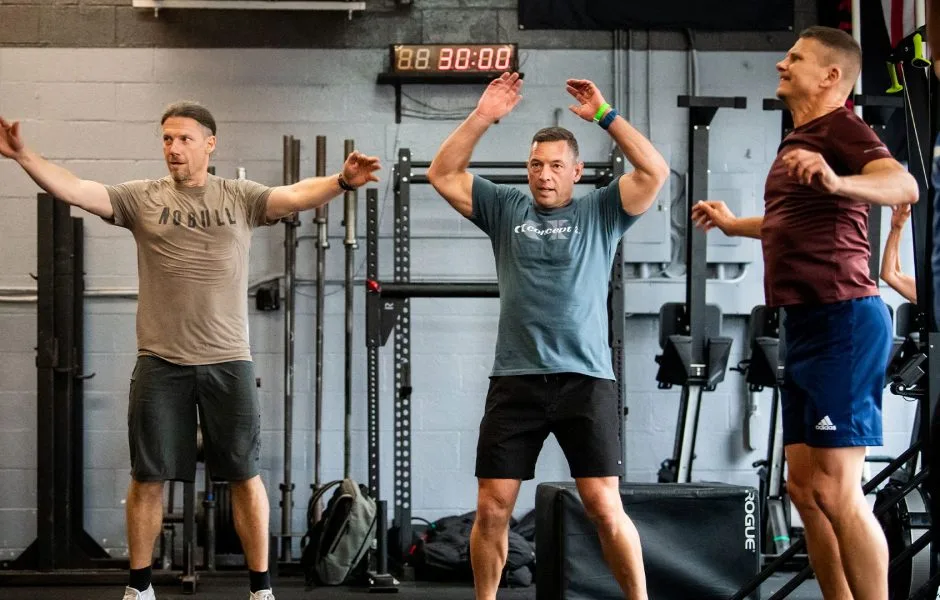
Photo from crossfit.com
Joakim sees similarities between the disciplined, process-driven approach needed in athletics and business. His background in martial arts (five years of high-level Taekwondo training) informs his philosophy of continuous improvement (just like Radial!), technical mastery, and pushing beyond perceived limitations.
Joakim’s approach to helping direct selling companies grow centers on enhancing customer experience at every touchpoint. He’s witnessed the evolution of the industry from consolidated bulk shipments to sophisticated D2C models that prioritize presentation and personalization. Radial Europe has implemented scalable fulfillment solutions for companies like doTerra and Farmasi, allowing them to expand their European operations while maintaining exceptional customer service.
Joakim, when did you start with CrossFit and what drew you to it?
I first discovered CrossFit around 2018. It was the first exercise format I truly enjoyed since my experience with martial arts. What attracted me was its technical focus, the competitive elements, and how it allows you to track your improvement over time.
Do you see any parallels between CrossFit and martial arts?
During my five years of training in Taekwondo, we focused heavily on technique. It was about becoming faster, stronger, more responsive, and developing your skills continuously. In martial arts competitions, we were kicking each other to score points in a sportsmanship way, not to cause harm.
CrossFit has similar elements where you combine various activities – from calisthenics to weightlifting – with a strong emphasis on technique. Both disciplines involve pushing yourself physically, improving continuously, and challenging your limits. In both, you’re analyzing your performance, identifying what works and what doesn’t, and making adjustments.
So the parallel is in the consistent process and achieving incremental gains over time?
Exactly. It’s about focusing on the process, learning it thoroughly, doing it consistently, and constantly analyzing your performance. What worked? What needs improvement? What am I doing well or not so well?
And similar to e-commerce where we run at high speed during peak seasons like November, you also need to understand when to slow down to recover. You can’t be at maximum strength every day – you need variation and recovery time.
How does your training philosophy translate to your approach as a Sales Director?
My approach to training complements my work. I’ve always been active and enjoyed exercise, particularly outdoors. I use training and CrossFit specifically as a way to relax.
As a Sales Director, I focus heavily on building relationships, analyzing customer situations, and communicating those needs to experts within our organization. This involves a lot of mental analysis and data processing to present relevant proposals to clients.

CrossFit provides me with an opportunity to disconnect from that mental work. When I go to a CrossFit workout, I can leave my brain in the dressing room. The trainer tells me what to do – run 500 meters, perform specific exercises – and I just follow the workout of the day (WOD) without having to make decisions. It’s my relaxation point.
Do you have a “workout of the day” equivalent in your work routine?
It’s more of a weekly plan rather than a daily one. I structure my week with Monday as the start-up day for analyzing the upcoming week. Tuesday through Thursday are dedicated to meetings and events, and I use Fridays to analyze, recap, and get closure on the week. This structure allows me to have some relaxation with my family on weekends.
Direct selling is sometimes confused with questionable multilevel marketing. How do you address that when introducing yourself as a direct selling specialist?
The direct selling industry supports millions of people worldwide by providing extra income opportunities. Some build successful careers from it, but most participate for the community and the relationships they develop.
People typically join direct selling because they like the product, but they stay because of the community. They find like-minded friends and build meaningful relationships. Direct selling companies don’t have retail stores or other chains that take margins – that margin goes directly to the independent consultants. In short: great products, community building, good chances to get an extra income or a fully independent career.
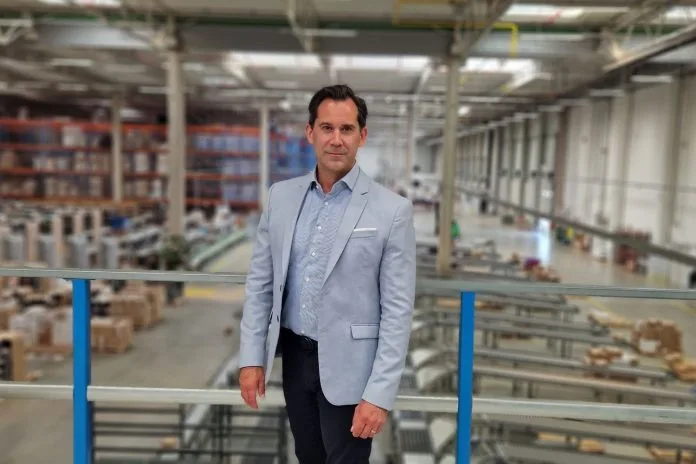
Direct selling: the trust business
Direct selling relies heavily on trust. Fulfilling orders for direct selling customers differs from fulfilling orders for retail, requiring careful management of various needs and changing sales cycles. Joakim Garint, Sales Director at Radial Europe, shares insights into working with direct selling companies.
What are the logistics issues faced by direct selling brands ?
The evolution has moved from consolidated orders (where one consultant receives a large order to distribute to customers or other consultants) toward direct-to-end-user delivery. Lead times have shortened significantly, and personalization has improved dramatically.
Fifteen years ago, products were delivered in simple plastic bags within large boxes on pallets, then divided among consultants. So, as an end customer buying expensive products, you would receive them in a cheap plastic bag.
Today, forward-thinking companies use packaging as a “window of shopping.” Products are packed to create an experience like opening a Christmas present. The correct products arrive undamaged and well-presented.
Companies that have mastered this direct-to-consumer delivery approach with attractive packaging, minimal damage, and few returns are experiencing growth year after year. Those still consolidating products with longer lead times or packing boxes too full (leading to damage and returns) are struggling or declining.
What’s the most important aspect in direct selling e-commerce?
The end-customer experience has become paramount. Today’s consumers maintain relationships with their independent consultant and directly with the company. It’s a multi-relationship dynamic. Companies that manage this well using technology and digital tools are particularly successful.
One of your major customers is doTerra. They used to have scalability issues. Then they moved to Radial.
doTerra focuses on people: their employees, customers, and independent consultants. They deliver a fantastic product as their baseline, and they package their products in a simple but attractive way that reflects their brand.
In terms of scalability, using Radial as a partner means we’ve prepared for every step from inbound to Europe through fulfillment centers that can efficiently handle volume across most of Europe. This operation is both cost-efficient and visually appropriate, and it can scale up or down as needed.
As doTerra grew, particularly in Italy and southwestern Europe, they needed to reduce transportation lead times. The fulfillment time was good, but delivering parcels from Warsaw (where Radial Poland is located) to places like Barcelona involved significant transit time. That’s why we established a warehouse in Italy – to better serve the region where they were experiencing significant growth.
We’ve also replicated this in the UK, duplicating the successful Warsaw process but adapting it to a more manual operation since the high volumes are not in Italy or UK. As doTerra continues to grow, we can grow alongside them with similar setups across different locations.
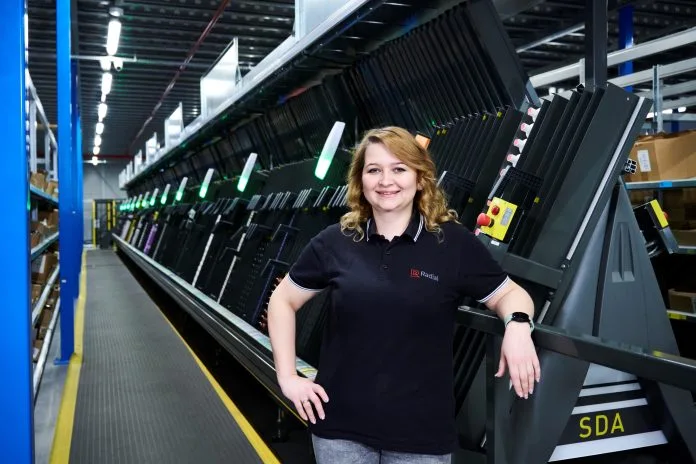
Implementing automation for a direct-selling company
In this interview with Magdalena Najmanowicz, Head of Onboarding & Projects at Radial, we delve into the successful implementation of the KNAPP automated solution. Radial, a leading provider of logistics services, has partnered with doTERRA, a fast-growing direct-selling company, to optimize their fulfillment processes. Join us as we explore the key insights and achievements of this transformative project.
Regarding integration, you recently had a very successful launch with another direct selling company, Farmasi. The project went smoothly in a short timeframe, partly due to the Manhattan WMS rolled out across sites. Can you elaborate on that?
The operating systems, WMS, and transport management systems we use at Radial work with our middleware. When Farmasi decided to work with us during contract negotiations, they immediately began preparation on their end for integration. Once the contract was signed, it was straightforward for us to do our part – setting up the WMS, transport management system, and establishing connections with what Farmasi had already prepared.
This resulted in a record-time setup. It was a great collaboration with an easy implementation, despite the underlying complexity. We reduced the lead time from three months to two months, including all the workshops and bespoke solutions.
The key is finding the right balance between what the client can do and what Radial needs to handle. In some cases, Radial does everything; in others, like with Farmasi, they handled their responsibilities while we managed ours. Thanks to their competent team, everything proceeded very smoothly.
Many CrossFitters are now moving to a new discipline called Hyrox. Can you explain what that is? Are you interested in trying it?
I am somewhat tempted by Hyrox. It’s an evolution from CrossFit that uses some similar movements but in a very structured format. In CrossFit competitions, you don’t know what workouts to expect – they could be completely different each time. With Hyrox, you can prepare because you know exactly what you’ll be doing.
A Hyrox competition typically involves running one kilometer, doing an exercise, running another kilometer, doing another exercise, and repeating this eight times. So you run 8 kilometers total and perform 8 different exercises. The competition format is identical whether you’re in Stockholm, Milan, London, New York, or Helsinki.
This standardization means if you have friends in different countries, you can compare scores directly. The world record is just under one hour, while it would probably take me about 90 minutes – that’s a long time to perform continuously without breaks.
Are these disciplines alternatives to each other?
They complement each other. CrossFit is a community that includes all kinds of disciplines, while Hyrox follows a set scheme of specific activities that you do consistently. You can train for both simultaneously.
Both are excellent forms of exercise where you develop endurance and strength while pushing yourself beyond what you thought possible.
Who are your favorite athletes, either contemporary or of all time?
I’m particularly impressed by athletes in sports where you master your own performance without tools – just your mind and body. Martial arts has always fascinated me, as has rock climbing (though I’m afraid of heights).
The Swedish cross-country skier Gunde Svan had an extraordinary mindset. Similarly, figures like Michael Jordan who famously said he missed 100,000 shots but made 10,000 inspire me.
Roger Federer also made an impression. I heard him speak at a university where he mentioned that despite being ranked number one for years, he only won 56% of all points played. This perspective applies to sales too – you win some, you lose some, but as long as you’re winning slightly more than half, you’re doing well.
What are your favorite pieces of sports gear?
Shorts and dumbbells. You can do virtually anything with dumbbells. But really, the most important items are my shorts and running shoes – I can put them on and go running anytime, anywhere.
Do you use different types of shoes for different activities?
Yes, I have running shoes (I love my ASICS) and specific CrossFit shoes for indoor workouts. Different shoes serve different purposes – you wouldn’t play tennis with a badminton racquet.
That said, there’s some flexibility – I can do CrossFit in my running shoes and run in my CrossFit shoes, but it’s better for my body and knees to run in proper running shoes.
When is your next CrossFit competition?
I believe it’s in June. We’re participating in something called Functional Fitness in Sweden, with a team of 10 people. There are four competitions every spring and four every fall. I participated in the last one but won’t be in the next one
